I’m interrupting some trips abroad with a lovely English day trip today, and it’s one of my favourites. The sun was in the sky, spring was in the air, and walking around the National Memorial Arboretum (NMA) was a truly moving experience. I don’t often come away from places feeling a need to go back, but the NMA really stuck with me, especially as I couldn’t take it all in in one visit, so I will definitely return.
Contents
- Contents
- What is the National Memorial Arboretum
- Getting to the National Memorial Arboretum
- Things to see and do at the National Memorial Arboretum
- Other Important Information
What is the National Memorial Arboretum
The Arboretum was the idea of Commander David Childs CBE who, having been inspired by a visit to Arlington Cemetery and the National Arboretum in Washington, believed a year-round national centre of Remembrance was needed here in the UK to ensure we never forget.
The NMA is a registered charity housed in a 150 acre site. It exists to ensure that:
- the unique contribution of those who have served and sacrificed is never forgotten
- the baton of Remembrance is passed on through the generations
- there is a year-round space to celebrate lives lived and commemorate lives lost.
The Arboretum was officially opened to the public in May 2001.
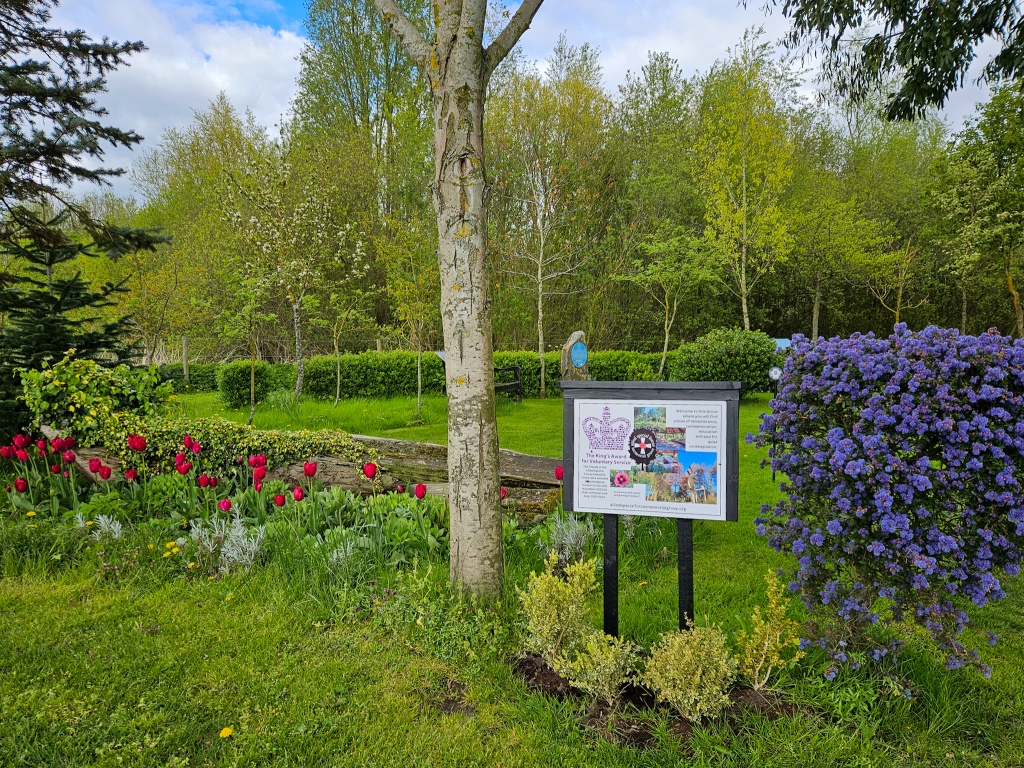
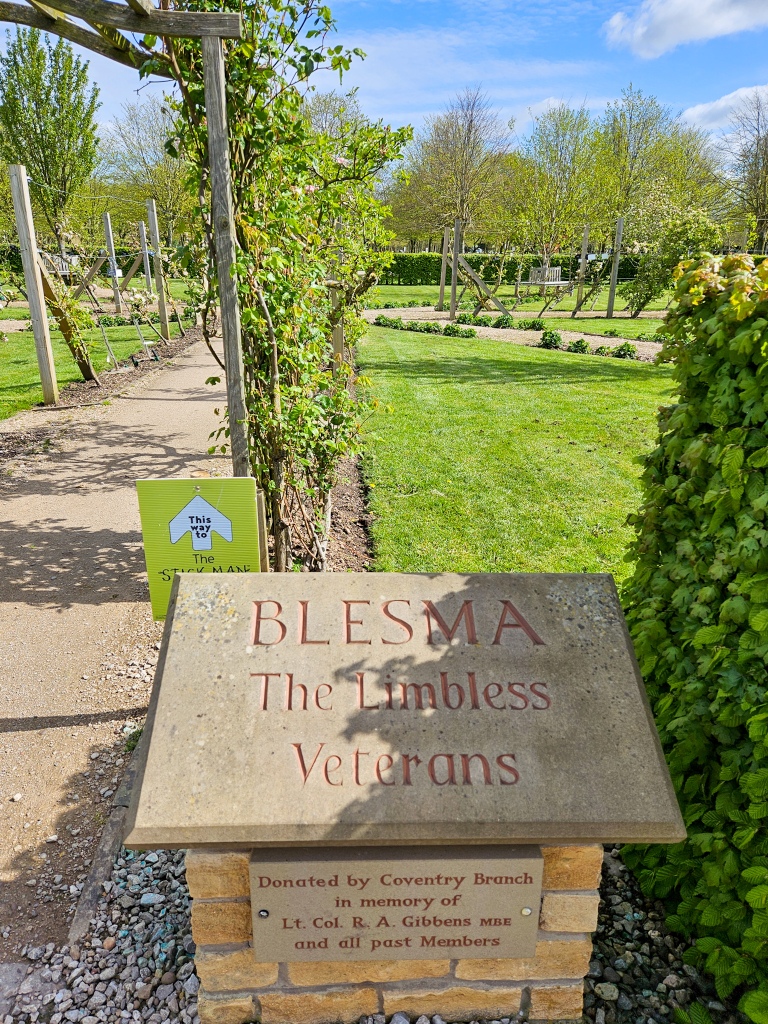
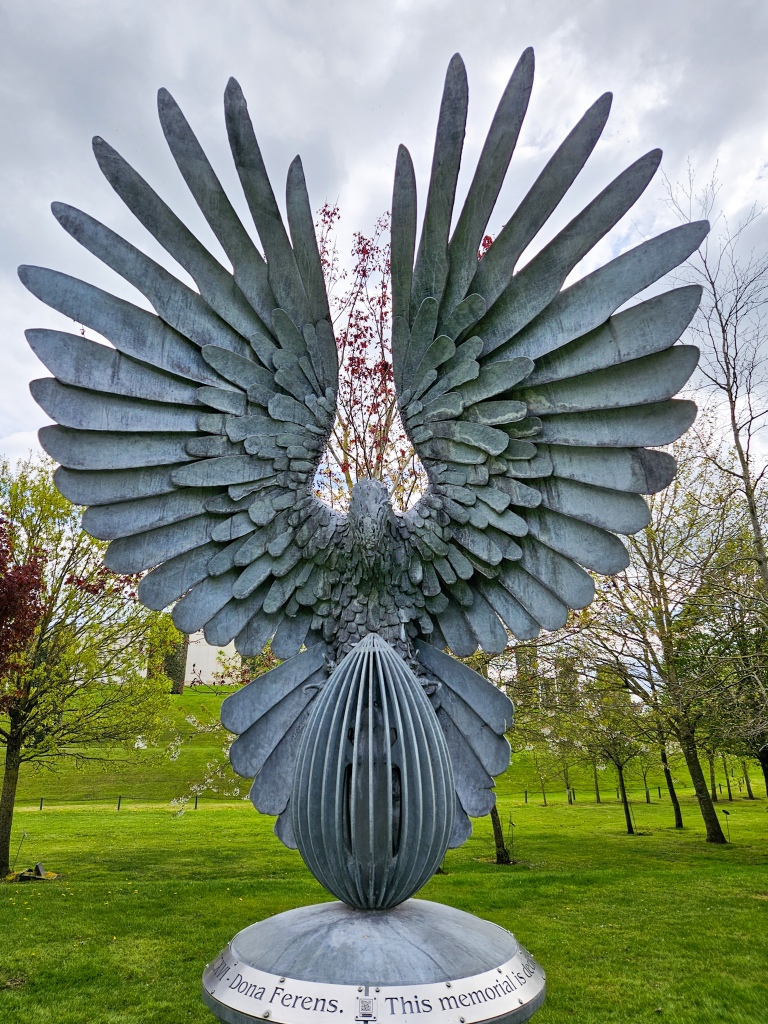
Getting to the National Memorial Arboretum
The NMA is in central England, in the county of Staffordshire. The easiest way to access the site is by car, and its within easy reach of Derby (30 mins), Birmingham (40 mins), Leicester (55 mins) and The Peak District incl. Sheffield (1hr 15 mins).
If coming from London, the easiest way to reach the site is to take the train to Stafford from London Euston or London Victoria, taking around 1.5hrs and then taking a taxi from Stafford to the NMA (40 mins).
It’s not an easy day trip from London so my recommendation would be to take it in en-route via car to The Peak District, one of England’s most beautiful areas and perfect for an off the beaten track England stay. Even better, complete it with a stay at The Tawny Hotel and you’ve got yourself a pretty special trip.
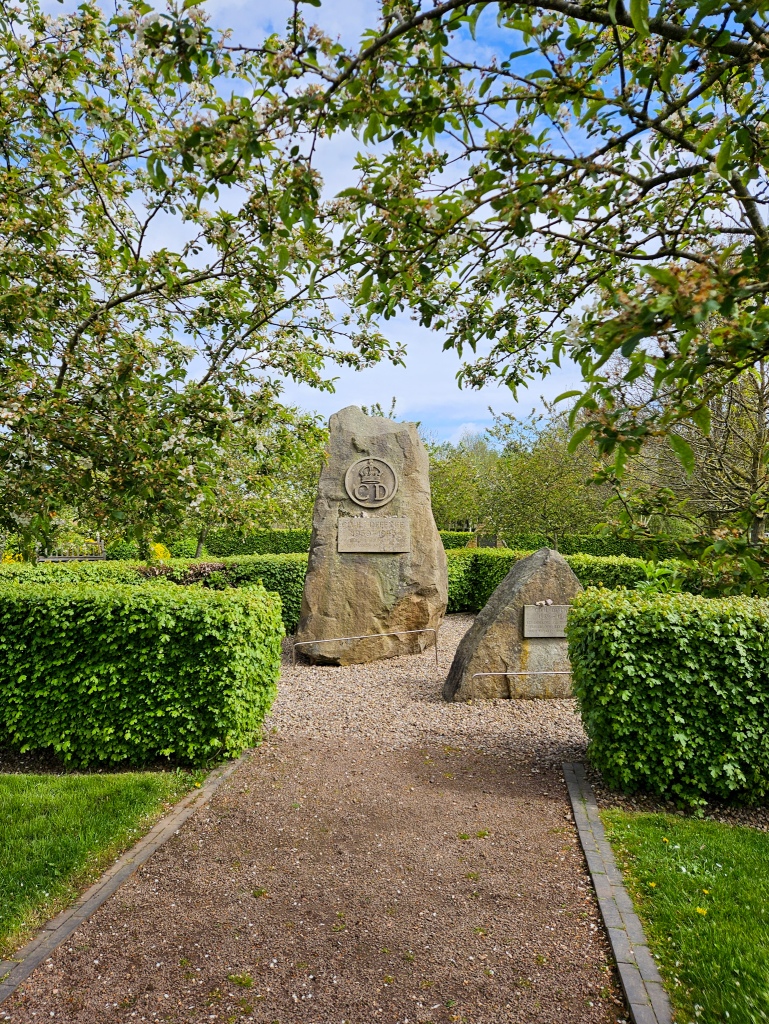

Things to see and do at the National Memorial Arboretum
The Arboretum is full of poignant and sobering memorials, which moved me in parts to near tears. It’s a huge site, and there is so much to see and do. Here are some of the higlights.
Armed Forces Memorial
The largest monument at the NMA was created to remember and recognise those who have given their lives in the service of the country since the end of the Second World War. In a huge open space, over 16,000 names are carved in to the walls in commemoration of those who have been killed whilst on duty, died in operational theatre or were targeted by terrorists. Colleagues who died in the same incident are remembered together. Over 15,000 names were carved by computer when the memorial was created. There is space on the empty panels for 15,000 more names. Since 2007, the names have been engraved by hand on the memorial on a yearly basis.

Shot at Dawn Memorial
Oh this one got me.
The Shot at Dawn Memorial commemorates 309 British and Commonwealth soldiers who were shot for desertion, cowardice, striking a senior officer, disobeying a lawful order, casting away arms, mutiny and sleeping at post during the First World War. Most of them were sentenced after a short trial at which no real opportunity for defence was allowed.
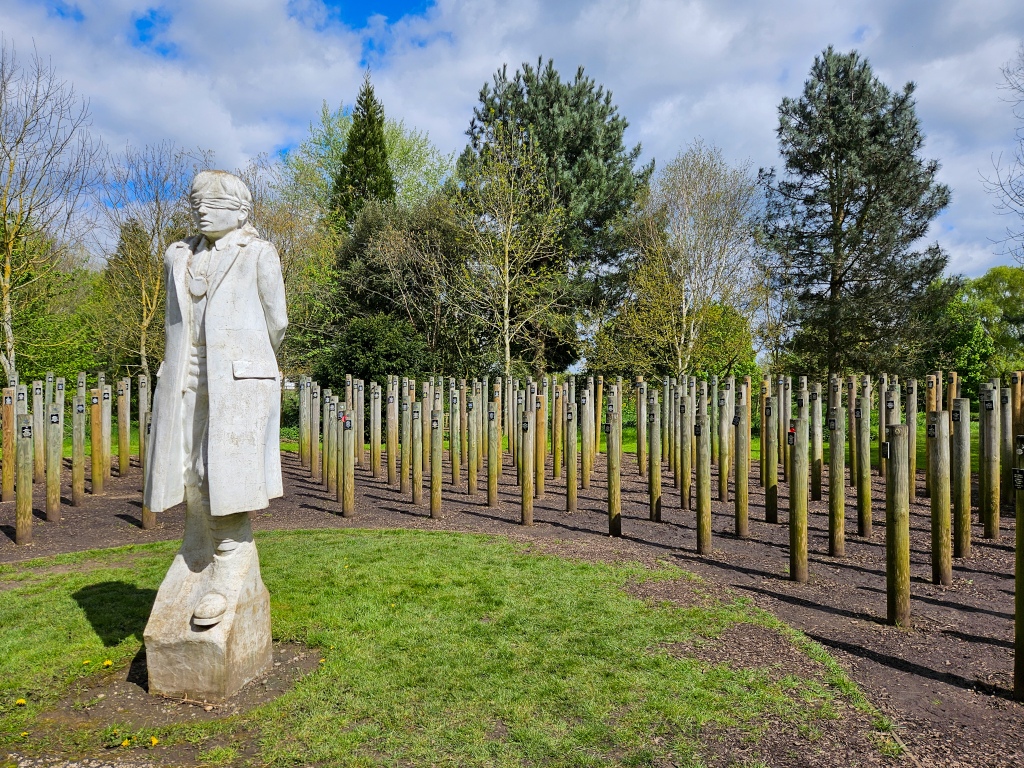
Today, it is recognised that some were underage when they volunteered and that many of them were suffering from Post Traumatic Stress Disorder (PTSD), which was not recognised as a medical condition until 1980. In 2006 they were officially pardoned by the British Government.
Deliberately located at the most easterly part of the Arboretum where the sun rises first, Shot at Dawn shows a soldier, blindfolded, hands tied, with a target on his front, to be shot by snipers from his own army. Each post in the exhibition represents a person, and their names are engraved at the top of each post.
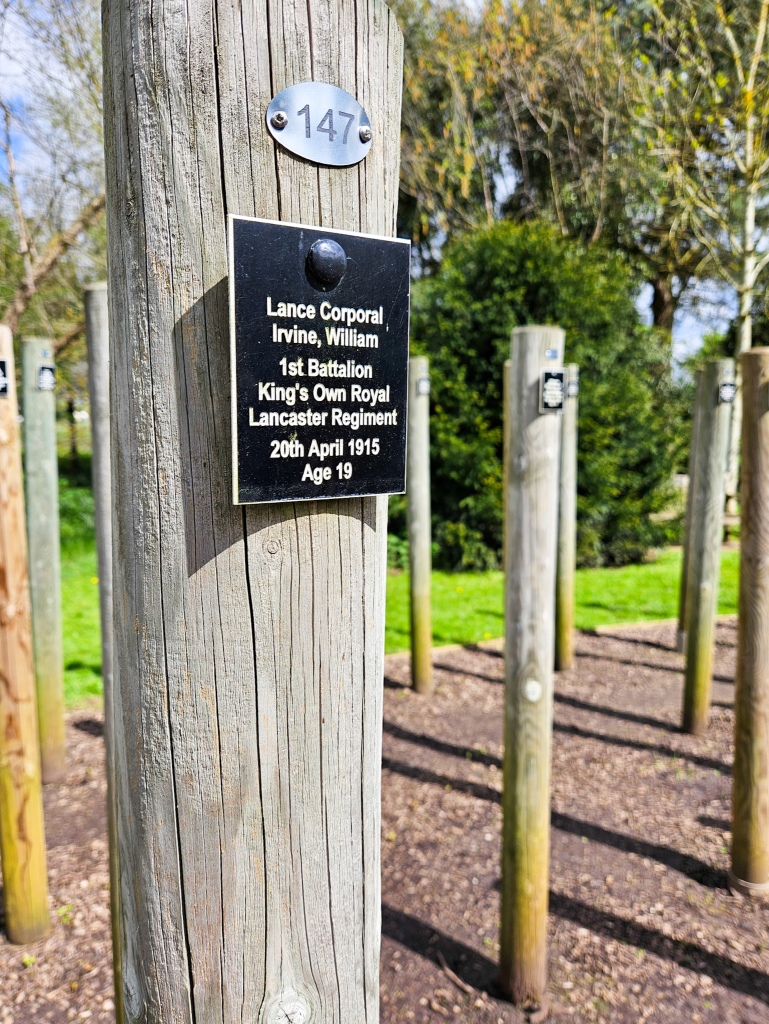
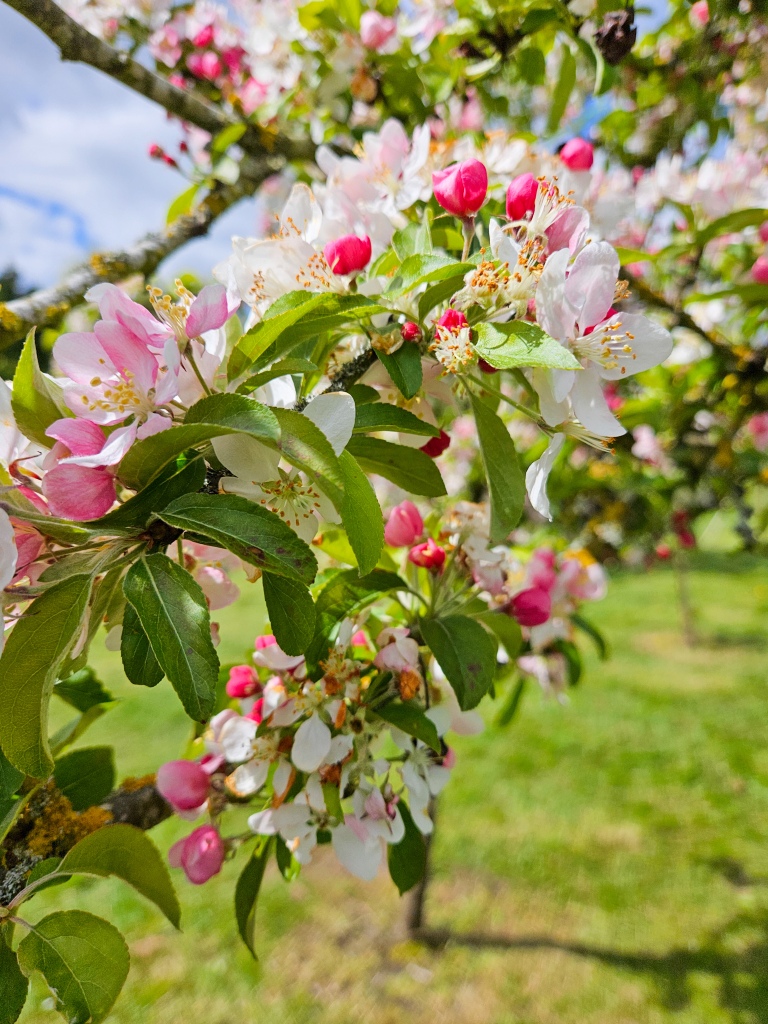
Far East Prisoners of War Exhibition (incl. Burma Railway Memorial)
Another gut wrencher. The Far East Prisoners of War (FEPOW) Memorials and Exhibition tell the story of those captured by the Japanese during WW2. Reading the harrowing stories of forced manual labour, horrific living conditions and jungle death marches were truly horrifying. Many of these FEPOWs were forced to work on the infamous Burma and Sumatra railways, and the Memorial even has original sections of both on display as part of the memorials.
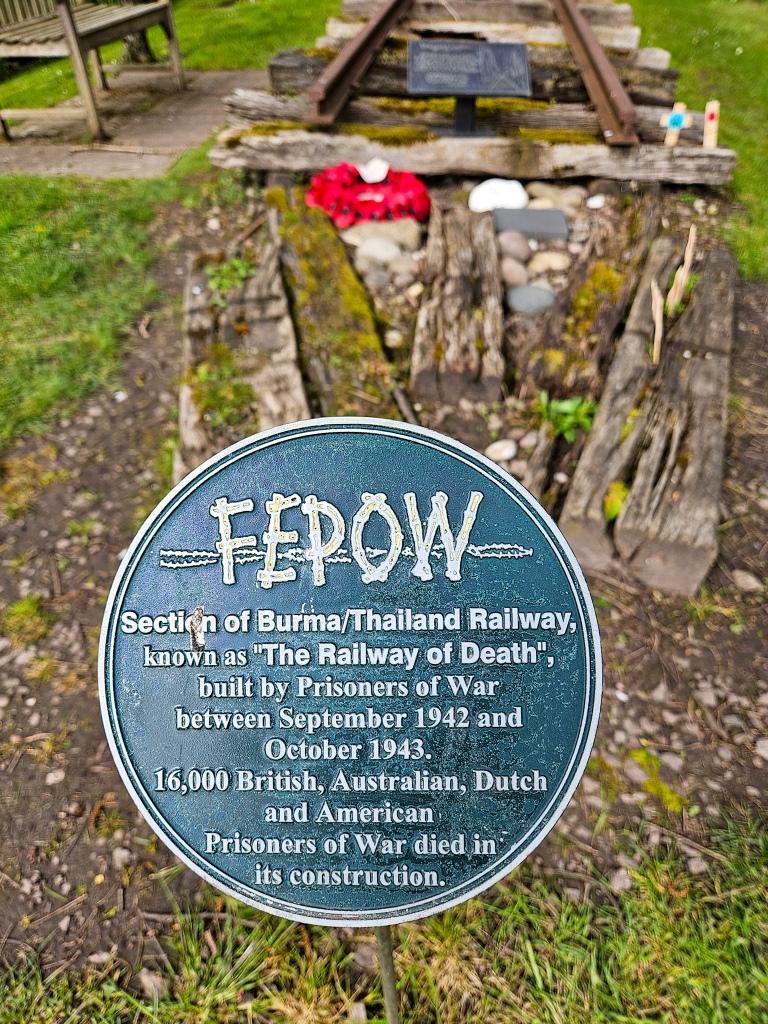



There is also the original Lych Gate, built by POWs held at Singapore Changi prison. I plan to visit Singapore later this year, and will be sure to visit the prison, picturing the resilience and hope these men found even in the worst of conditions.
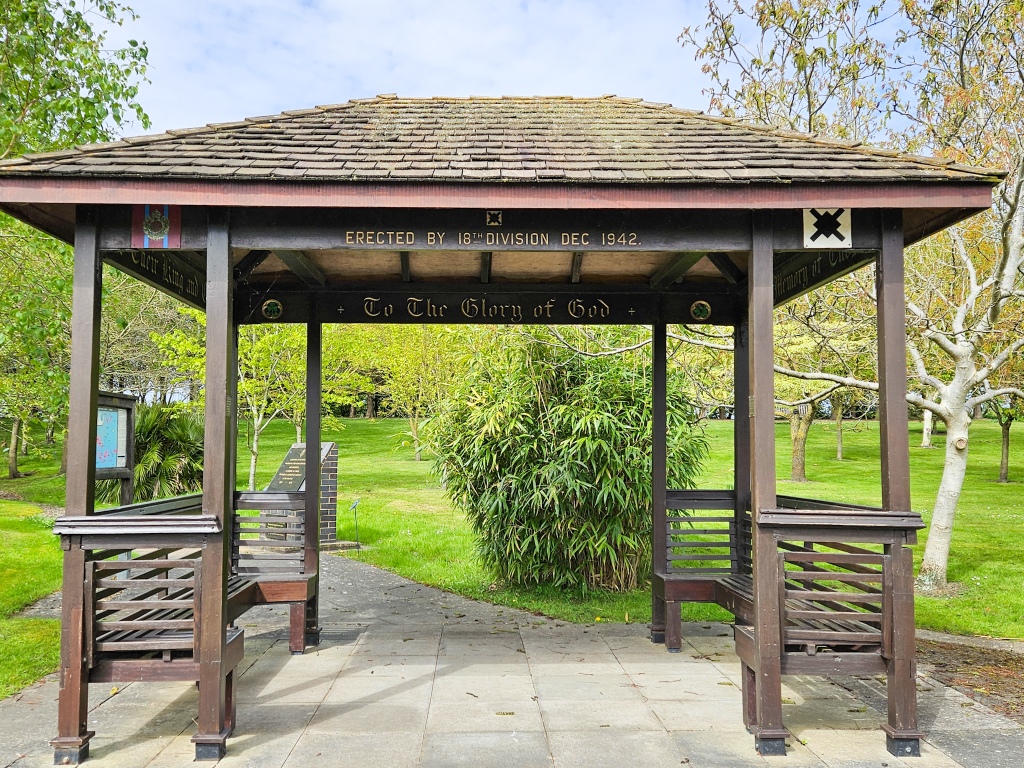
Personal Note: After my visit, I discovered when doing my family tree research that my husband’s ancestor, Percy Peacock, was stationed in Singapore during WW2. He was captured when the Japanese invaded, and held at Changi Prison. He probably walked under the gate. He was then transported to Thailand to work on the Burma Railway, where he died of malnutrition. He is buried in the war graves next to the Bridge over the River Kwai, part of the Burma Railway. We will be sure to visit in the coming years.
Royal Air Force Remembrance Garden
The garden is dedicated to all those who devoted their lives to their country in the RAF, no matter how long they served and regardless of in what capacity. It is open to everyone, including serving and ex-serving RAF personnel and their families.
At the centre of the garden sits a beautiful statue of the RAF Association’s ‘Eagle on the Globe’ emblem. The statue is made from over 1,000 individually crafted feathers and stands three metres high on a black marble plinth.
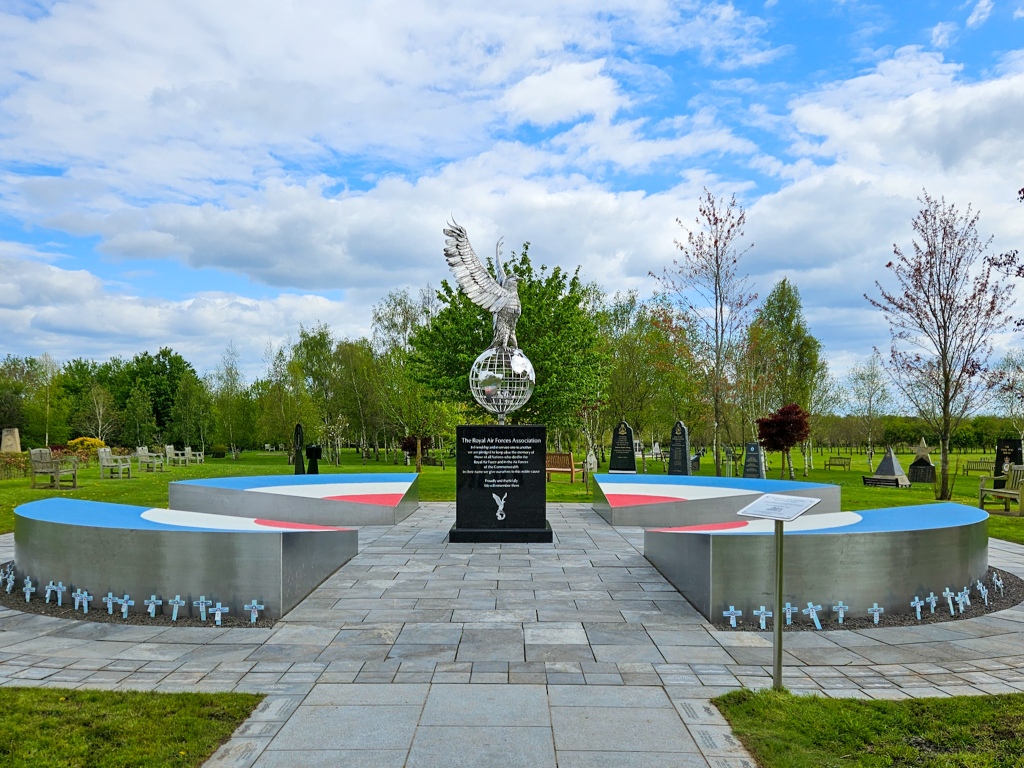
Allied Special Forces Association Grove
The Grove is laid out in the form of an “Open Air Book”, where every plaque tells a story. Some a sentence, some a paragraph and a few with whole chapters, where you can read about many individuals, military units and civilians who helped Allied Special Forces in WW1 & 2 and in the many conflicts since.
It’s such a beautifully maintained grove, full of flowerbeds and open green space between the plaques and memorials. The stories told were of bravery, risk, heartbreak and loss, and a couple of them caused me to well up.
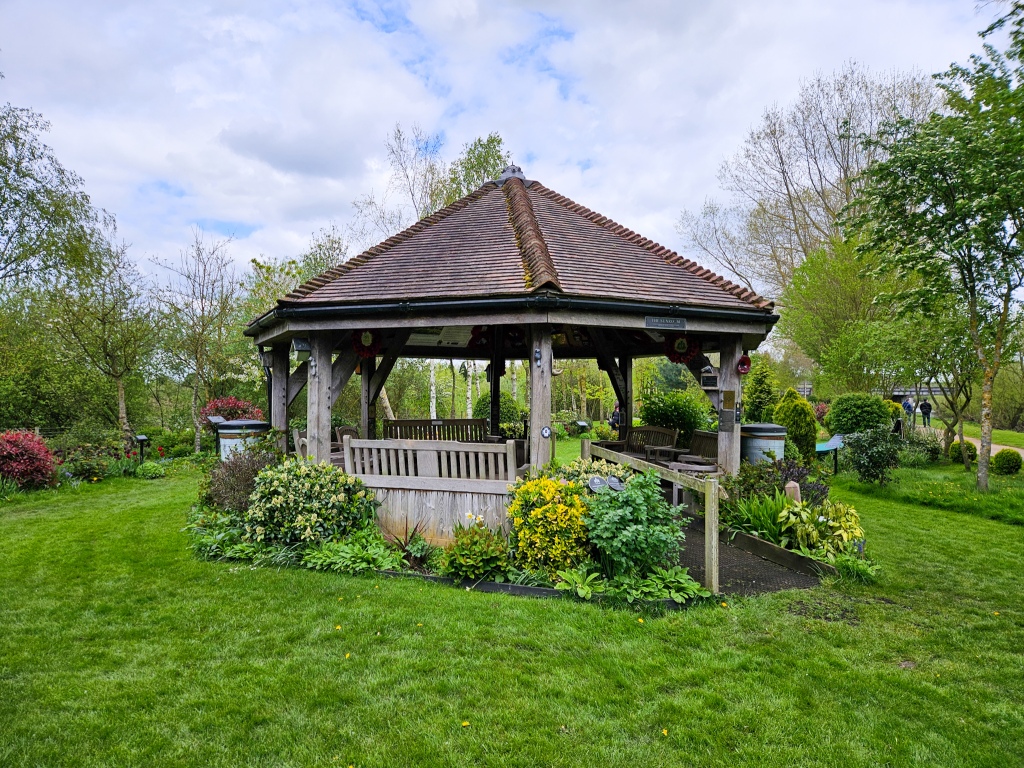
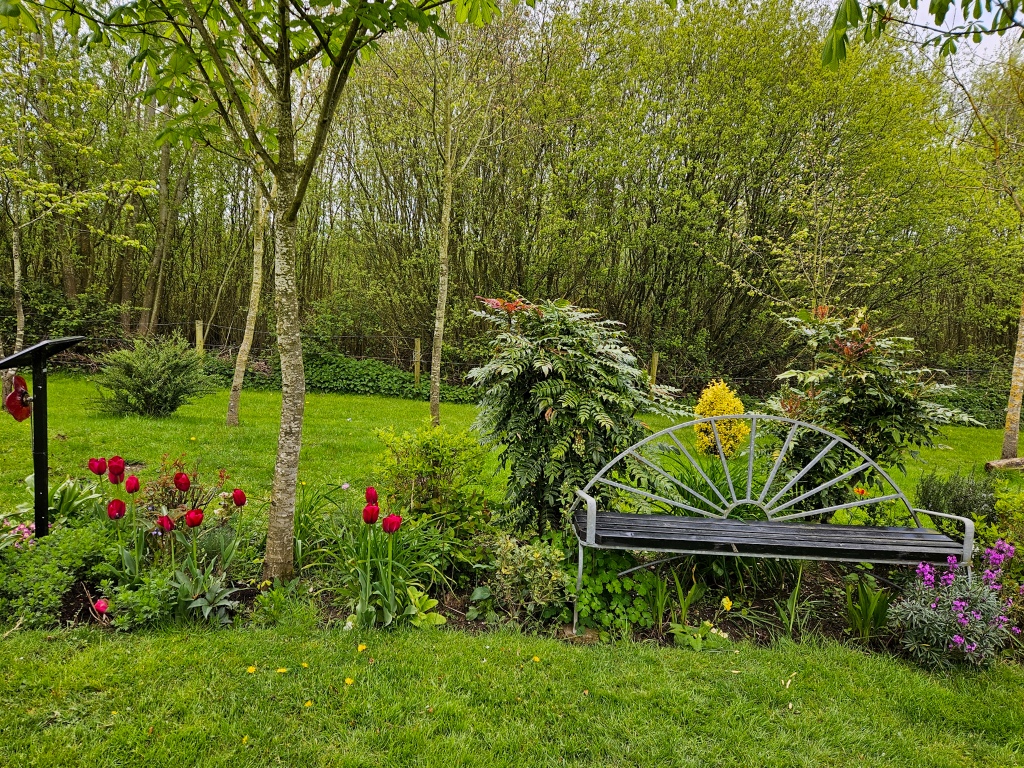
UK Police Memorial
Dedicated to all those dedicating their lives to Policing, the memorial remembers the 4,500 police men and women who have given their lives in service. One of the largest monuments on the site, it’s striking and can be seen from the visitor centre despite being quite far away.
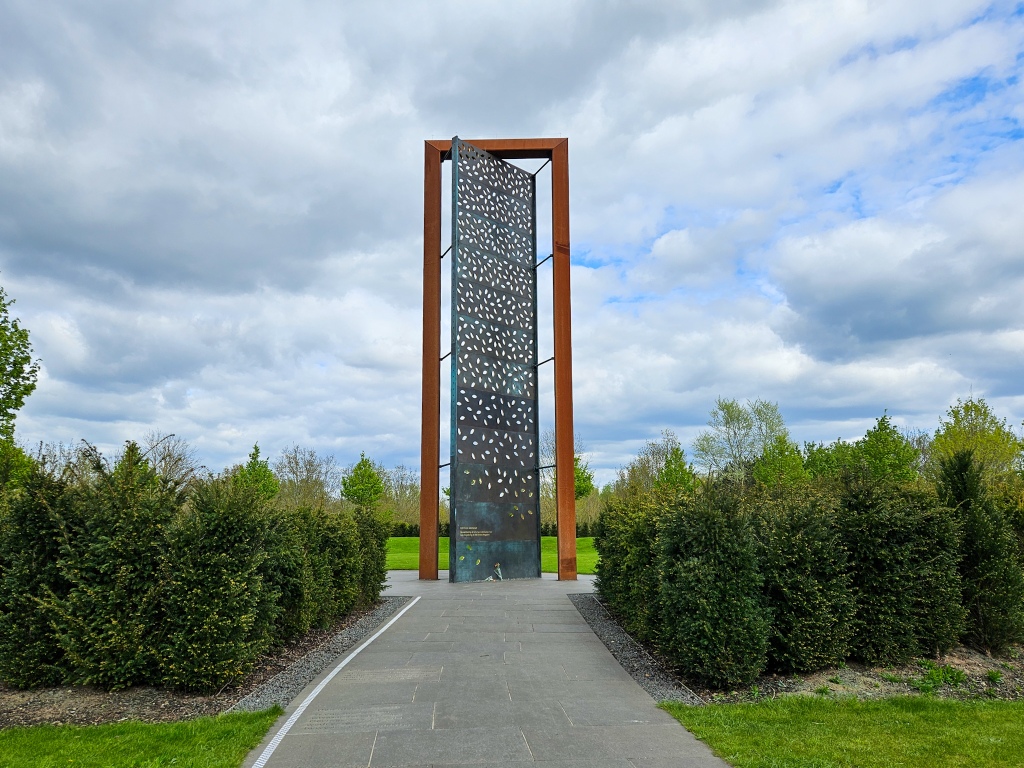
Other Memorials
There are hundreds of other memorials at the site. I had lots of highlights:
- Memorial to stillborn and unborn babies. I definitely got emotional here, given my own experience. How nice that in a garden focusing on the Military there is a space for remembering lost babies. Hundreds of stones have been laid, some dating back to losses in the 60s and 70s, showing how baby loss stays with us for life, as mine will.
- Polish Armed Forces Memorial. Paying testament to the role the Polish played in WW2 in contribution to the defeat of the Nazis, this large monument pays tribute to their individual and collective stories.
- Naval Services Memorial. A beautiful glass memorial representing the seven oceans in different colours, with yellow and red at each end representing the rising and setting sun, alongside an inscription of the poem ‘Crossing the Bar’ by Tennyson.
- Airborne Forces Memorial. One of the most striking memorials shows a man from the parachute regiment running with his parachute, in tribute to the remembrance of those in the airborne forces.
- Football Remembers Christmas Truce Memorial. The Christmas truce was a series of widespread unofficial ceasefires along the Western Front of the First World War around Christmas 1914, where soldiers from both sides played football.
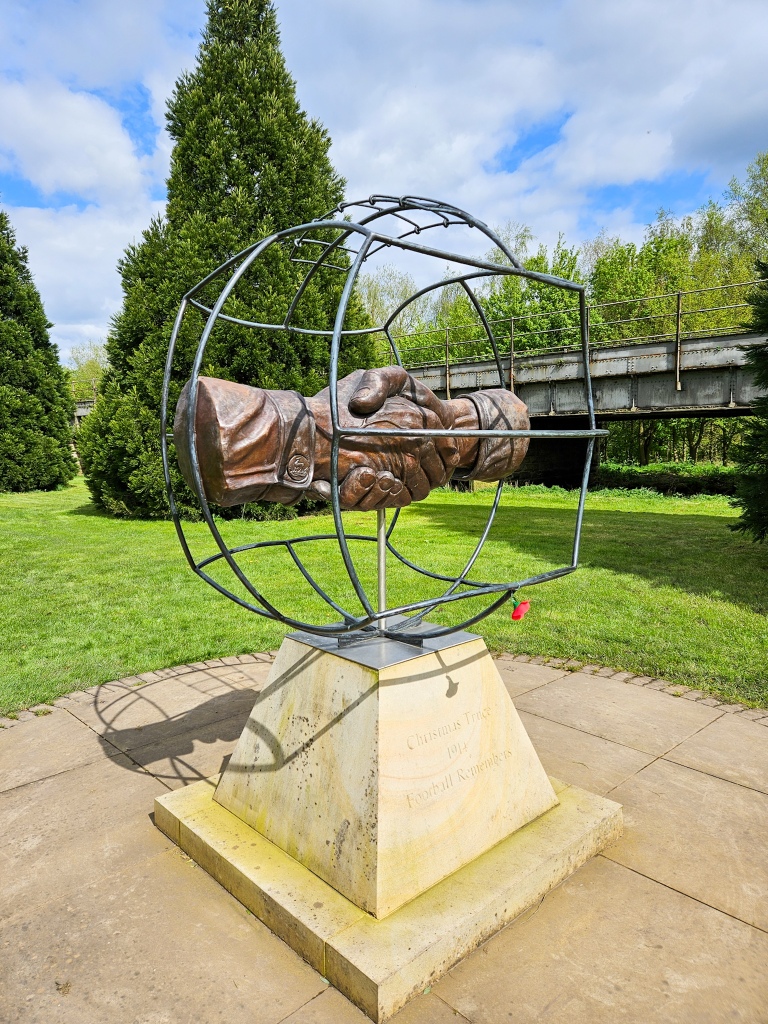
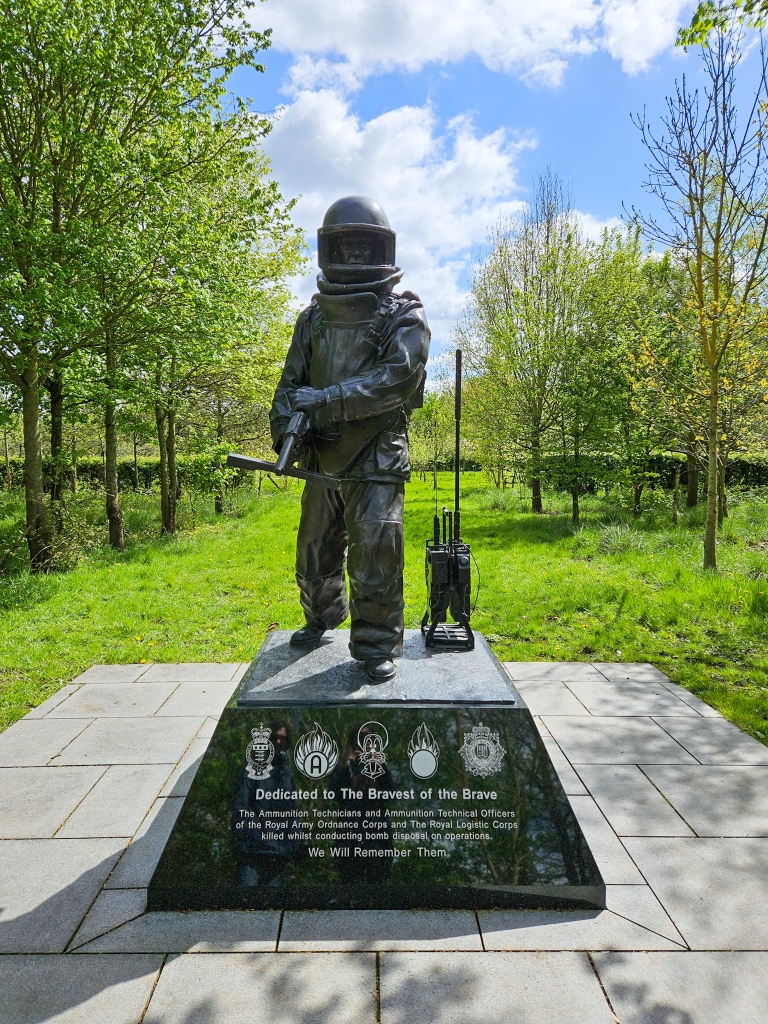
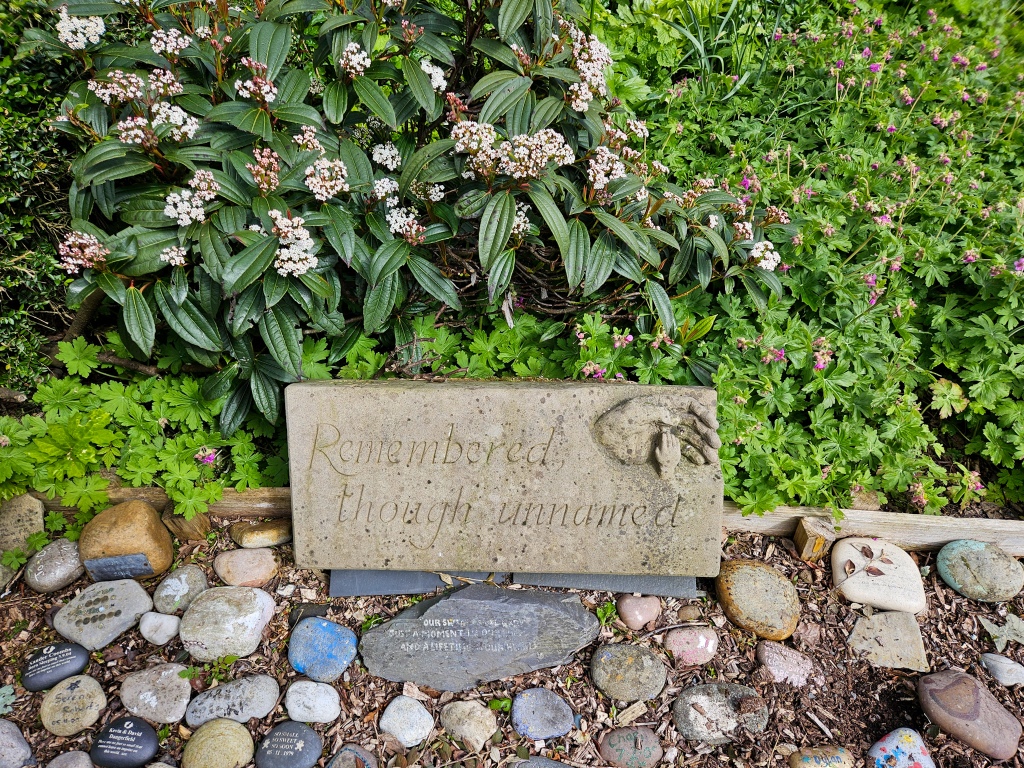
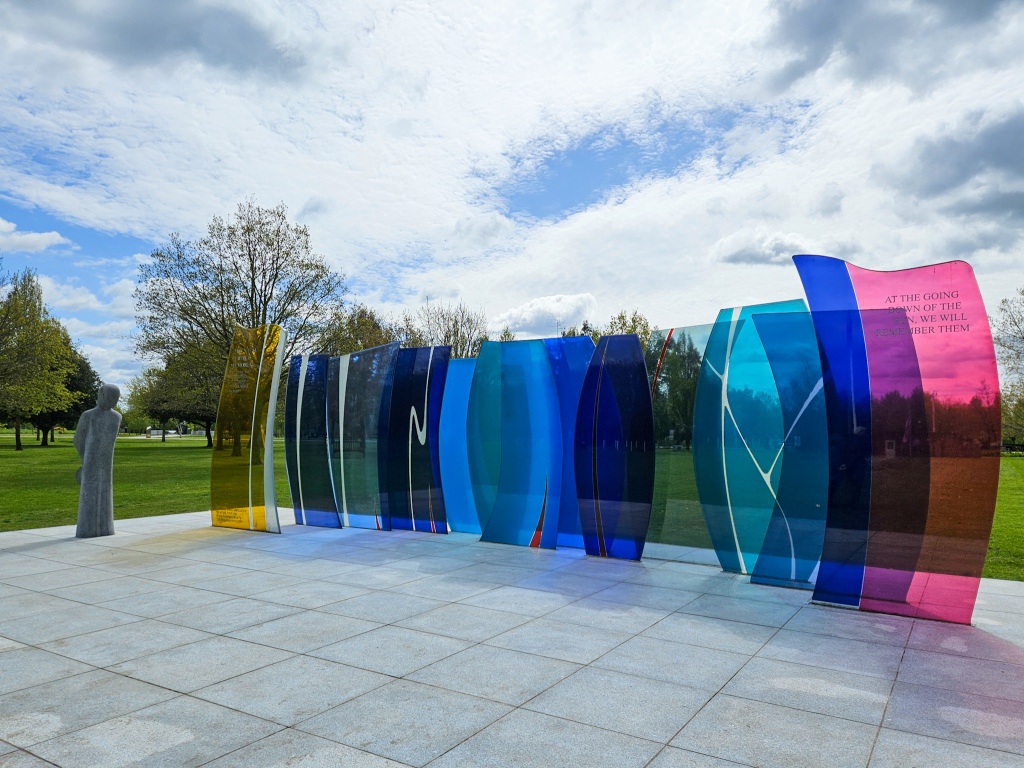
Some others I really liked included the Bomb Disposal Unit Memorial, WW1 Sikh Memorial, Submariners Memorial, Army Pay Corps Memorial (as I’m an accountant), Showman’s Guild, Fire Service Memorial, Desert Rats Memorial and many more.
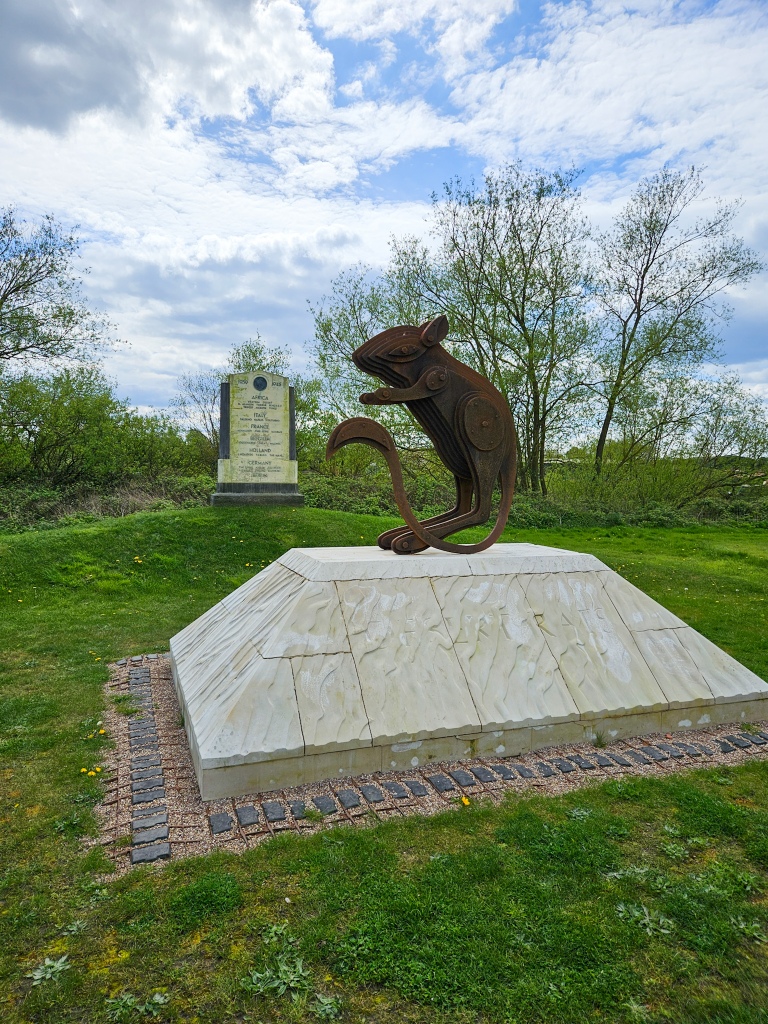
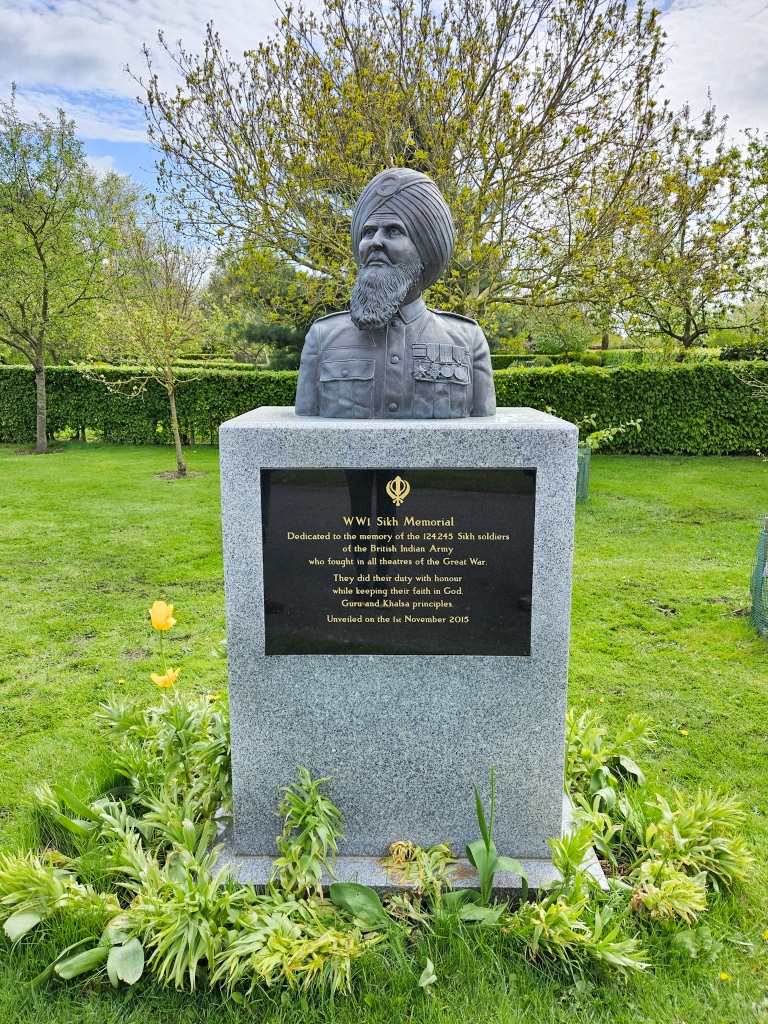
Remembrance Centre
The remembrance centre, which you have to walk through to enter and exit the NMA houses a great exhibition telling the story of the arboretum and stories of remembrance, plus introduces some of the main memorials.
Also in the centre is a large café serving food, a big shop and a smaller coffee and tea room where you can get some delicious cakes.
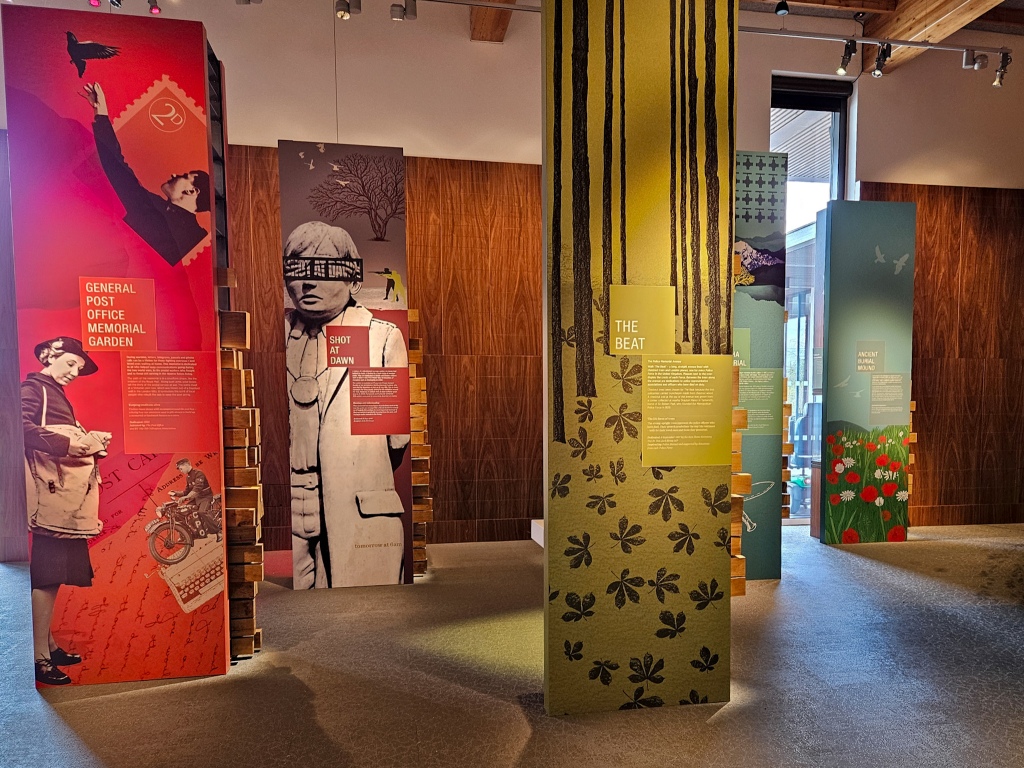
Other Important Information
- The NMA is free to enter, and has multiple spots to make donations.
- When booked in advance, there is a £4 car parking fee, or on the day it’s £6.
- The site is large, so wear comfortable shoes and take an umbrella if the weather is looking a bit dodgy, there are lots of big open spaces.
- You can easily spend a whole day at the site, and I recommend at least 3 – 4 hours to take it in properly.
- If walking the site self guided is too much, the NMA offers walking tours, plus (mini) train and individual buggy tours round the site if you don’t want to walk.
- Guided Walking Tour – £4 per person
- Land Train Tour – £6.50 per person
- Buggy Tour – £7.50 per person
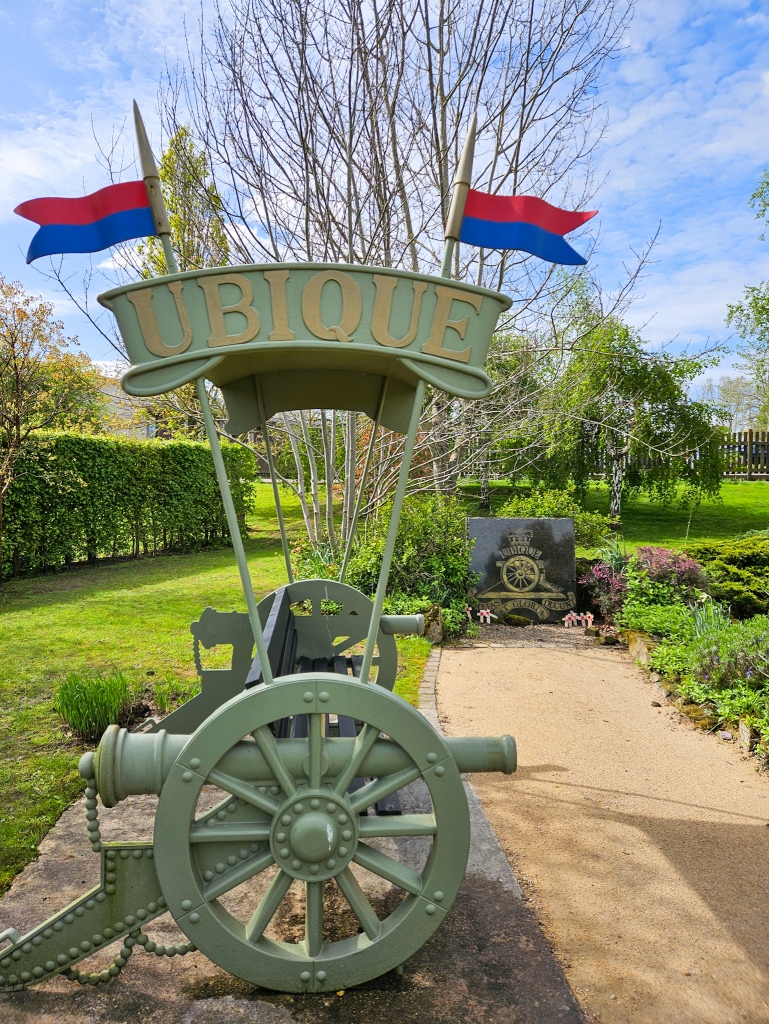

So what did you think of the National Memorial Arboretum? I absolutely loved it and think it’s such an important site to have here in England. I hope you enjoyed the visit – stay safe and happy travelling!

Leave a comment